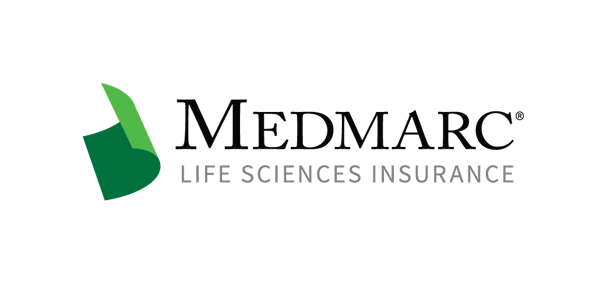FDA Sets 50% Efficacy Benchmark in Vaccine Guidance
The FDA has released a guidance for development of vaccines in response to the COVID-19 pandemic, which among other things suggests the agency will push harder to ensure that any such studies enroll pregnant women and minorities. The guidance also calls for an effectiveness rate of 50%, a benchmark which exceeds those of most recent influenza vaccines used in the U.S.
The June 30 FDA press release states that the agency may use the accelerated approval pathway for licensing a vaccine for the SARS-CoV-2 virus, but that any application would have to identify an immune response or other measure “that is reasonably likely to predict clinical benefit.” The agency left open the possibility that a vaccine could be distributed under the emergency use authorization program (EUA), but the guidance seems to suggest that the FDA is reluctant to grant an EUA authorization for the first vaccine specific to this virus.
The guidance states that issuance of an EUA prior to completion of a large randomized trial could inhibit demonstrations of effectiveness, and that such a study may be needed to clarify the effect of the vaccine on vaccine-associated enhanced respiratory disease. Conversely, the FDA said an EUA may be appropriate once the study has returned sufficient data to demonstrate safety and effectiveness, even if the manufacturer has not yet submitted all the data from that study.
Patients who are at higher than average risk of severe adverse events may be excluded from early-phase studies, but those patients may have to be included in late-phase studies. Trials of all stages will have to include pregnant women and women who are not actively avoiding pregnancy, along with several other sub-groups, including racial and ethnic minorities and elderly patients. Randomized, controlled trials will have to enroll evenly between placebo and the candidate vaccine, and the FDA said an approved vaccine can be used as a control for subsequent vaccine studies.
In the discussion of statistical considerations, the guidance calls for a 50% efficacy endpoint both at the completion of the study and at any interim analysis, a superior metric to 11 out of 15 of the vaccines listed at the CDC website. The most recent influenza vaccine to exceed that mark is the 2013-14 vaccine for the H1N1 virus, which provided an effectiveness rate of 52%.
The FDA said the terms of the guidance will continue to apply after the public health emergency has been withdrawn, and that any revisions will be made within 60 days of the termination of the emergency. The guidance makes some concessions on manufacturing considerations, including the use of a virtual site inspection, depending on that manufacturing site’s compliance history.
High-throughput Testing Emphasized
The FDA’s EUA program for testing and diagnostics is still a key component in the U.S. federal government’s efforts to rein in the COVID-19 pandemic, and the agency is now focused on bringing high-throughput testing into the picture. Timothy Stenzel, director of the FDA’s Office of In Vitro Diagnostics and Radiology said on a June 24 town hall that the FDA is also working on an EUA template for molecular testing for the pandemic, which would also help to enable the volume of testing needed to reopen the economy.
According to the FDA’s transcript of the town hall, the agency has received a number of questions about the distinction between testing for diagnosis, screening and surveillance. Stenzel asked that test developers comb through existing guidance and templates for answers to their questions prior to contacting the agency, and said the emphasis is on point-of-care and high-throughput testing systems. The agency’s review of such systems is contingent on receipt of an EUA filing that contains sufficient data for review, including separate reporting for the various antibody isotypes stimulated by the virus.
The FDA made good on Stenzel’s promise, adding two templates for molecular testing at the template webpage. The July 2 update provides one template each for commercial manufacturers and labs, and there are provisions in the documents for asymptomatic testing for screening purposes and for testing of specimen pools.
For additional resources contact the Marketing department
Phone: 888-633-6272
Medmarc is a member of ProAssurance Group, a family of specialty liability insurance companies. The product material is for informational purposes only. In the event any of the information presented conflicts with the terms and conditions of any policy of insurance offered from ProAssurance, its subsidiaries, and its affiliates, the terms and conditions of the actual policy will apply.
Copyright © 2025 - Medmarc
